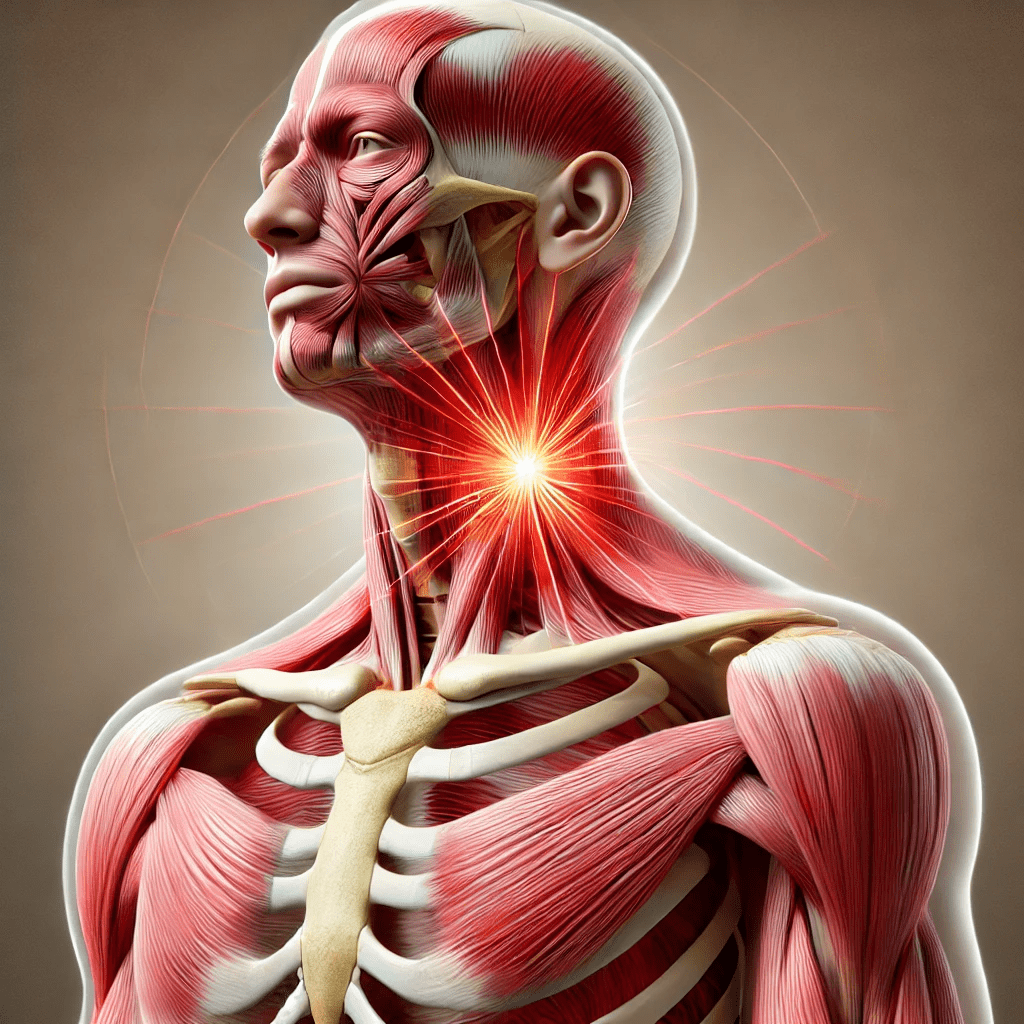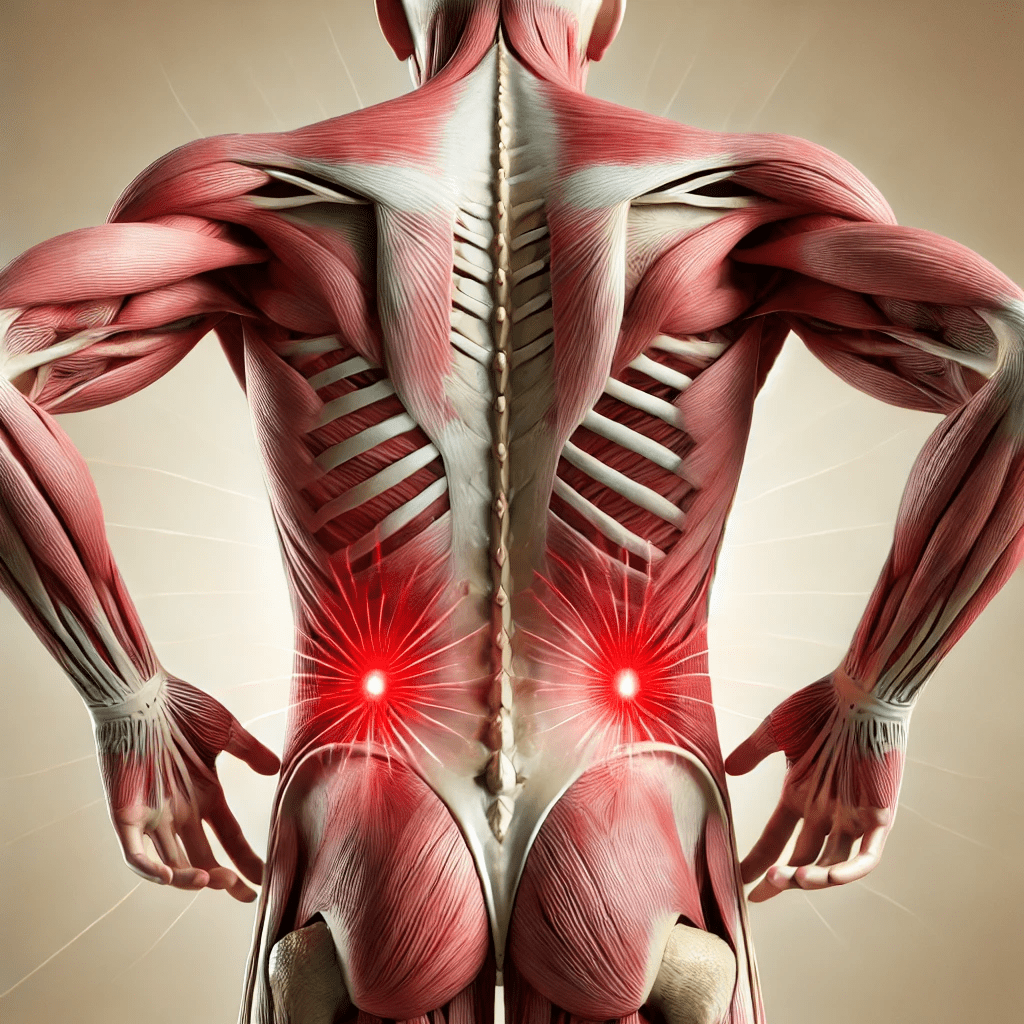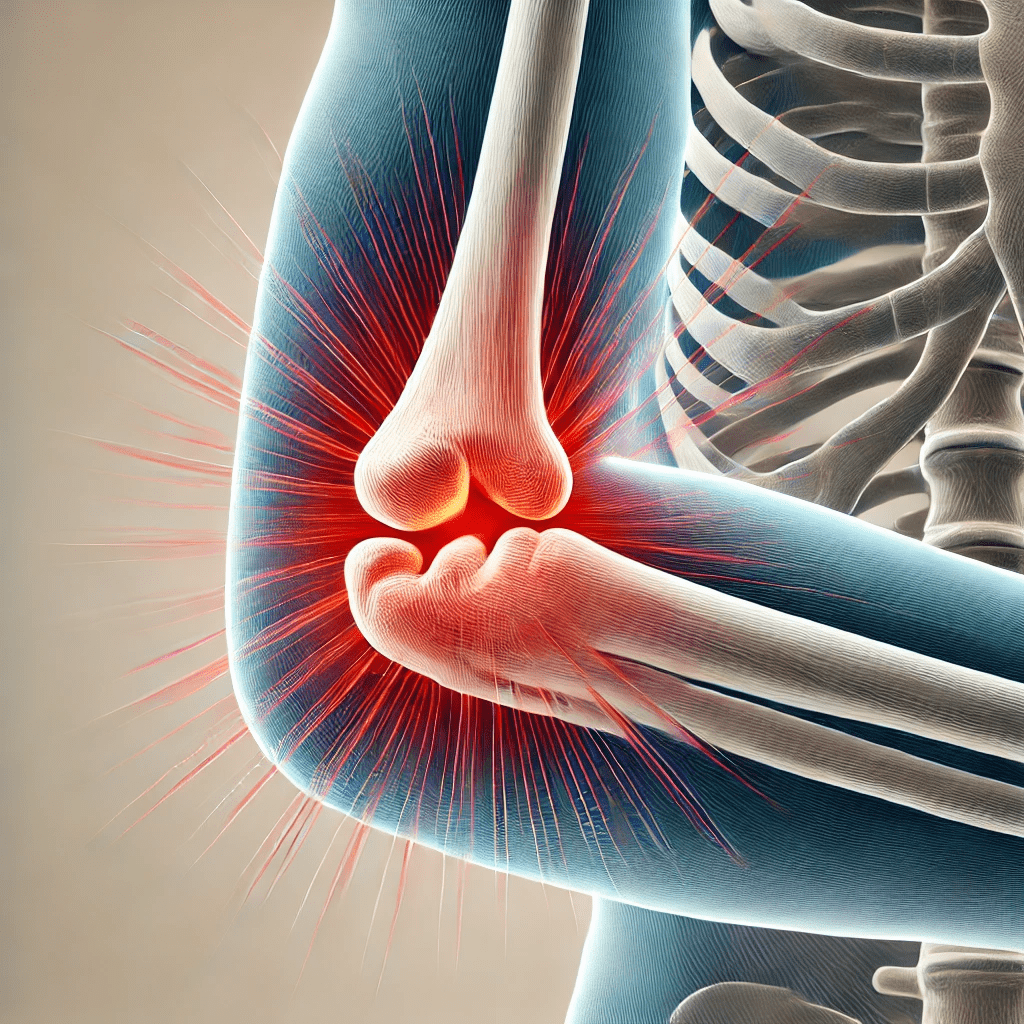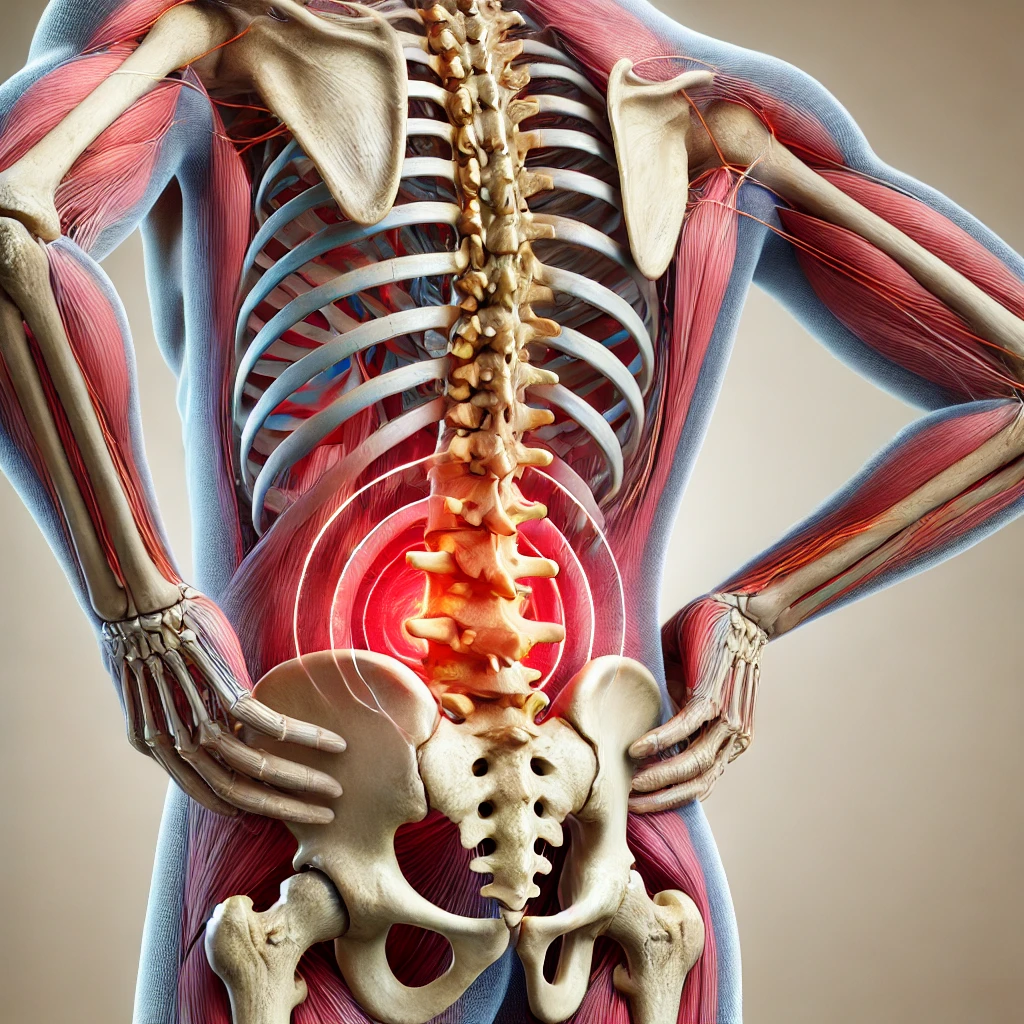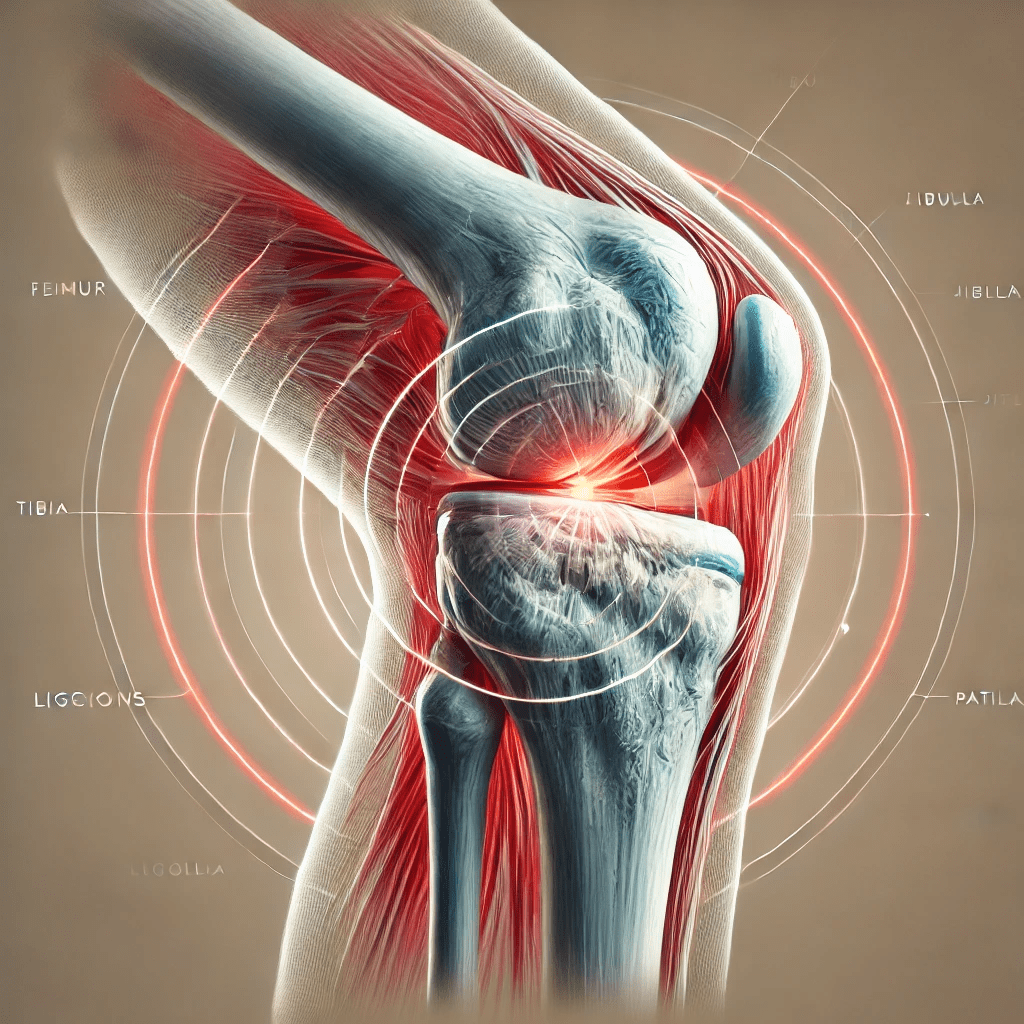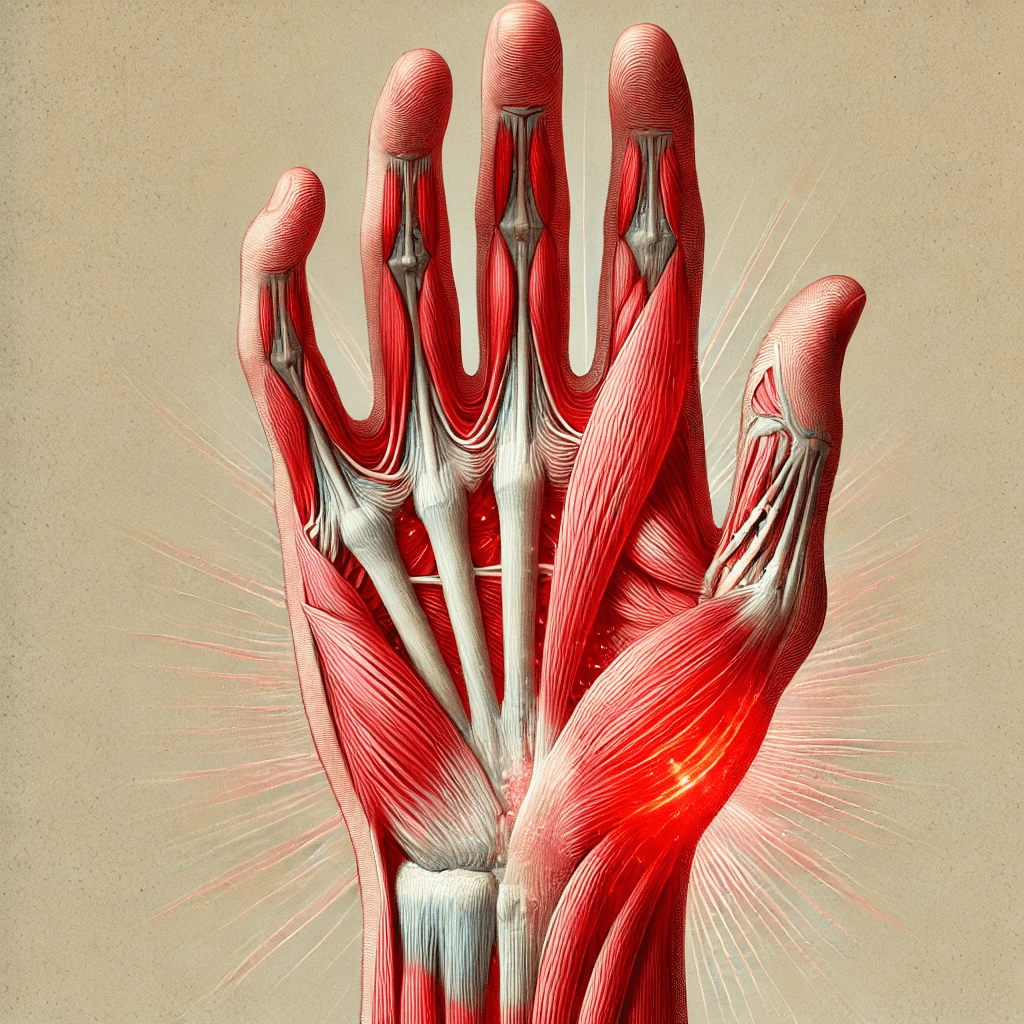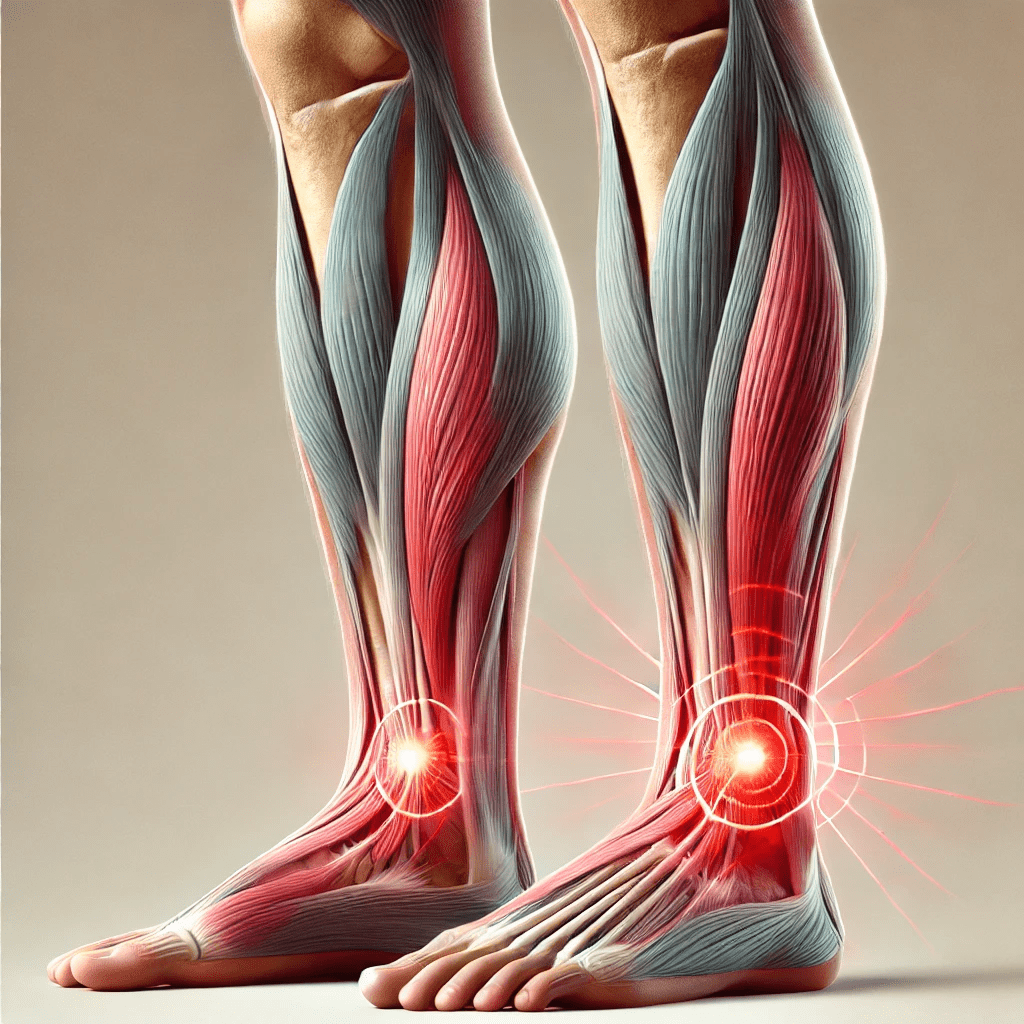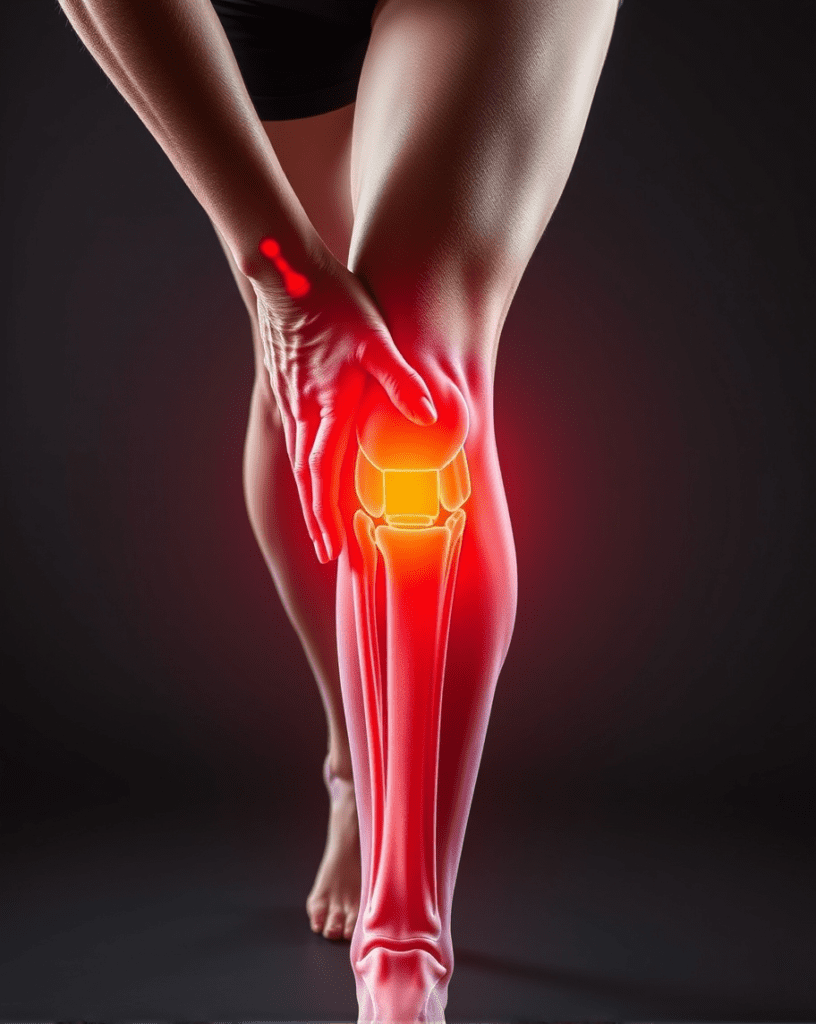Pain Relief Strategies For Arthritis Sufferers… Arthritis is a common condition that causes pain and stiffness in the joints, making it hard to do everyday things like walking or opening a jar. There are different types of arthritis, and they can affect people in different ways. Some types, like osteoarthritis, happen when the protective cushion between bones wears down. Others, like rheumatoid arthritis, occur when the immune system attacks the joints by mistake. Understanding the different forms of arthritis is important so you can find the right treatment and keep doing the things you love.
Living with arthritis can be challenging, but there are many ways to manage it. Treatments range from pain relief creams and medications to exercises and lifestyle changes. Working with doctors and trying different options can help reduce pain and improve your quality of life. This guide will explain more about arthritis, its treatments, and ways to stay active and healthy, even with joint pain.

Understanding Different Types of Arthritis.
Arthritis is a term for a group of conditions that cause pain and stiffness in the joints. It can make it hard to move and do everyday activities. There are different types of arthritis, and each one affects the body in its own way. One common type is osteoarthritis. This happens when the cartilage, which is the soft cushion between your bones, wears down. When this happens, your bones can rub against each other, causing pain and stiffness. This is why you might feel stiff in the morning or after sitting for a while. Simple tasks like opening jars or walking up stairs can become difficult because of this wear and tear.
Another type of arthritis is called rheumatoid arthritis. This is an autoimmune disease, which means the body’s own immune system attacks the joints by mistake. This causes swelling, pain, and sometimes even damage to the joints. Unlike osteoarthritis, which usually affects larger joints, rheumatoid arthritis often starts in the smaller joints, like those in your hands and feet. It can make your joints feel warm and swollen, and you might even feel tired or have a fever.
Recognizing Symptoms and Managing Arthritis.
The symptoms of arthritis can vary, but there are some common signs to watch out for. Pain, swelling, and stiffness in your joints are the most obvious ones. You might also notice that it’s harder to move your joints, like bending your knees or elbows. With rheumatoid arthritis, you might feel very tired or even have a fever because your body is fighting itself. Recognizing these symptoms early and talking to a doctor can help manage the condition better.
Arthritis doesn’t just affect your body—it can also affect your mood and how you feel about life. When it’s hard to move or do things you enjoy, it can make you feel sad or frustrated. But with the right help, like medicine, exercises, or even special creams, you can find ways to feel better. It’s important to learn about your condition and talk to your doctor, so you can find the best ways to stay active and happy.

Importance of Professional Medical Advice.
Why Seeing a Doctor is Important.
If you have pain or stiffness in your joints, it’s important to see a doctor. A general doctor can check what’s going on and decide if you need to see a specialist. This is especially helpful because joint pain can have many causes. Sometimes, it’s just a minor issue, but other times it could be a sign of arthritis or another serious condition. Getting a proper diagnosis is the first step to feeling better and finding the right treatment.
Early treatment can make a big difference in managing arthritis. If you catch it early, you can often prevent the condition from getting worse. This means you might be able to keep doing the things you love without as much pain. So, if you have joint pain that doesn’t go away or keeps coming back, don’t ignore it. Make an appointment with your doctor and find out what’s going on.
Specialists Who Can Help.
If your doctor thinks you might have arthritis, they may send you to a rheumatologist. A rheumatologist is a doctor who specializes in arthritis and other joint problems. They can give you more detailed tests and decide on the best treatment for your type of arthritis. This can include medicines, physical therapy, or other therapies to help you feel better. Having a specialist on your side means you’re getting expert advice for your condition.
Another type of specialist who can help is a pain management doctor. They focus on ways to reduce pain and make it easier for you to move and do daily activities. They can suggest treatments like special exercises, injections, or even nerve blocks to help control your pain. Working with both a rheumatologist and a pain management specialist can give you the best chance at managing your arthritis effectively.
Making a Treatment Plan.
Arthritis affects everyone differently, so it’s important to have a treatment plan that works just for you. Your doctor will look at what type of arthritis you have, how severe it is, and how it affects your daily life. Based on this, they might recommend a combination of treatments like medication, exercises, and lifestyle changes. For example, if your arthritis makes your knees hurt, you might need physical therapy to strengthen the muscles around your knees, along with pain-relief medicine.
Sometimes, if arthritis is very severe, surgery might be needed. This can help repair or replace a joint that is badly damaged. But this is usually only recommended after other treatments have not worked. No matter what your treatment plan looks like, it’s important to have regular check-ups with your doctor. This way, they can see how well the plan is working and make changes if needed.
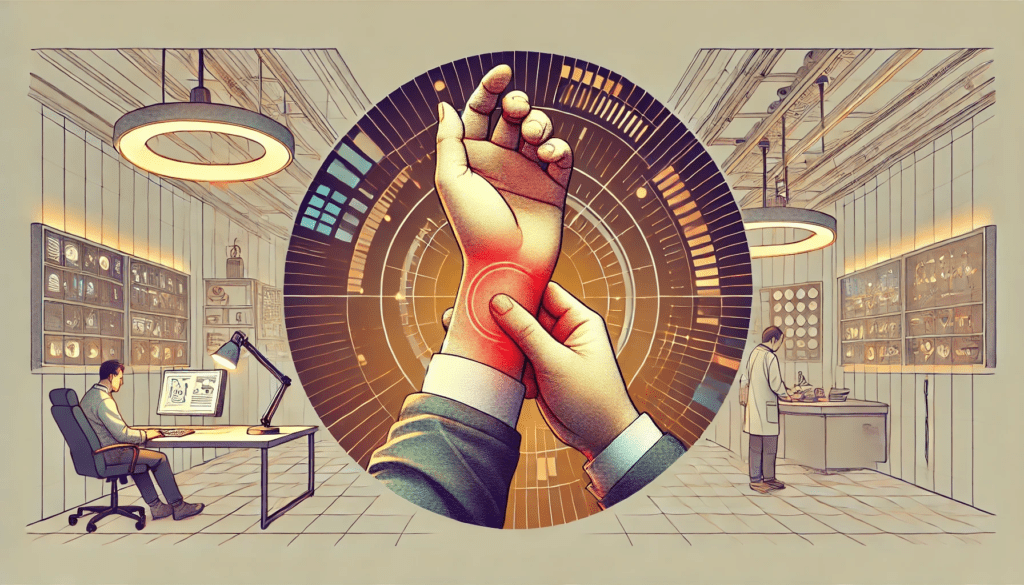
Medications for Arthritis Pain Relief.
Over-the-Counter Medications for Arthritis Pain,
For mild to moderate arthritis pain, over-the-counter medications can be helpful. One common option is acetaminophen, which can reduce pain but does not treat inflammation. Another type of medicine is called NSAIDs, or nonsteroidal anti-inflammatory drugs. These include ibuprofen and naproxen, which not only help with pain but also reduce swelling in the joints. This can be especially useful for types of arthritis that cause inflammation, like rheumatoid arthritis. While these medicines are easy to get and use, they are not always enough for more severe pain.
Even though these medications can be bought without a prescription, they can still have side effects. NSAIDs, for example, can cause stomach problems like ulcers or bleeding. They can also increase the risk of heart disease if used for a long time. This is why it’s important to use them carefully and talk to your doctor if you have any concerns. It’s always best to follow the recommended dosage and avoid using these medications for too long without medical advice.
Prescription Medications for Severe Arthritis Pain.
If over-the-counter medications are not enough to manage your arthritis pain, your doctor may suggest prescription options. These might include stronger NSAIDs or other anti-inflammatory drugs. In some cases, doctors use corticosteroid injections, which are shots given directly into a painful joint to quickly reduce swelling and pain. This type of treatment can provide relief for several weeks or even months, but it’s usually not a long-term solution.
For conditions like rheumatoid arthritis, doctors often prescribe a special group of medications called DMARDs, or disease-modifying antirheumatic drugs. These drugs help slow down the disease and protect your joints from getting worse. There are also newer medications called biologics, which target specific parts of the immune system that cause inflammation. These treatments can be very effective but are usually only given after other medications haven’t worked.
Managing Medication Side Effects.
While medications can help control arthritis pain, they can also have side effects. For example, using NSAIDs for a long time can cause stomach issues, and corticosteroid shots can weaken the bones if used too often. This is why it’s so important to work closely with your doctor. They can monitor your health with regular check-ups and blood tests to catch any problems early. This way, you can balance the benefits of pain relief with the potential risks.
Always talk to your doctor before starting or stopping any medication. They can help you find the safest and most effective treatment for your specific needs. Managing arthritis often requires trying different treatments to see what works best, and your doctor can guide you through this process safely.

Natural and Alternative Remedies.
Diet and Nutrition for Arthritis Relief.
What you eat can make a big difference in how you feel when you have arthritis. Choosing foods that reduce inflammation can help manage pain and stiffness. Some good choices are fatty fish like salmon and sardines because they are rich in omega-3 fatty acids, which can lower inflammation in your joints. Leafy greens like spinach and kale are also great because they are packed with vitamins and minerals that support joint health. Adding nuts and seeds to your diet is another good idea since they provide healthy fats and protein. It’s best to avoid processed foods and sugary snacks, as these can increase inflammation and make your symptoms worse.
Herbal supplements might also help with arthritis pain. For example, turmeric is a spice that has natural anti-inflammatory properties. Many people take it in capsules or add it to their food. Ginger is another option that can be used in teas or taken as a supplement. It’s important to talk to your doctor before starting any new supplements to make sure they don’t interfere with your current medications or health conditions. Using the right foods and supplements can be a helpful part of your arthritis management plan.
Physical Therapies and Natural Treatments,
Physical therapies like massage and hydrotherapy can be very soothing for arthritis pain. Massage helps relax tight muscles and can ease pain in sore joints. It also promotes blood flow, which can help your body heal. Hydrotherapy, which involves doing exercises in warm water, can make it easier to move without pain. The water supports your weight, reducing the stress on your joints while still providing resistance to strengthen muscles.
Mind-body practices like yoga and tai chi are also helpful for managing arthritis. These activities involve gentle movements that improve flexibility and balance, while also focusing on breathing and relaxation. They are low-impact, which means they won’t put too much pressure on your joints. Many people find that these practices help not only with physical pain but also with feeling more calm and focused. If you’re new to these activities, start slowly and talk to your doctor to find the best options for your level of ability.
Alternative Pain Relief Strategies.
Some people find relief from arthritis pain through acupuncture. This ancient practice involves placing thin needles into specific points on the body to help reduce pain and improve joint function. While not everyone agrees on how well it works, many people with arthritis say it helps them feel better. If you’re interested in trying acupuncture, make sure to go to a licensed practitioner and talk to your doctor first to see if it’s right for you.
Another way to manage arthritis pain is by using herbal supplements. Turmeric and ginger, both known for their anti-inflammatory properties, are popular choices. Turmeric can be taken as a supplement or added to food, and ginger can be used in teas or capsules. These natural remedies may help reduce pain and swelling, but it’s important to consult your doctor before adding them to your routine to ensure they are safe for you.
Combining Strategies for Better Results.
Combining different pain relief strategies can be very effective for managing arthritis. For example, following a healthy diet while also doing gentle exercises like yoga or tai chi can help keep your joints flexible and reduce pain. Adding therapies like massage or hydrotherapy can further relieve tension and improve how you feel. Finding the right mix of treatments takes time and may require some trial and error.
Always work with your healthcare provider to develop a personalized plan that suits your needs. They can help you choose the best combination of diet, exercise, and treatments to manage your arthritis. By using multiple strategies together, you can improve your quality of life and reduce the impact of arthritis on your daily activities.

Exercise and Physical Therapy.
The Importance of Staying Active with Arthritis.
Staying active is one of the best things you can do to manage arthritis pain. Regular exercise helps keep your joints working well, reduces stiffness, and makes it easier to move around. Even though it might seem strange to exercise when you’re in pain, it’s actually very helpful. Moving your body can prevent your joints from getting worse and can help you feel better over time. Exercise also boosts your mood and energy, which can make it easier to deal with arthritis.
Low-impact exercises are great for people with arthritis because they get your heart pumping without putting too much stress on your joints. Walking, swimming, and cycling are all good choices. Water aerobics, in particular, is very beneficial because the water supports your body and reduces strain on your joints while still giving you a good workout. These activities can help improve your overall health and make your joints stronger and more flexible.
Stretching and Strength Training for Joint Health.
Stretching exercises are important for keeping your joints flexible and reducing stiffness. Gentle stretches, especially those focused on the joints that hurt the most, can make a big difference in how you feel. Regular stretching can also prevent your muscles from becoming too tight, which can lead to more pain. Try to include stretching in your daily routine, especially after exercising or when you’ve been sitting for a long time.
Strength training is also key to supporting your joints. By building muscle around your joints, you can give them better support and make everyday movements easier. You don’t need heavy weights to do strength training. Using resistance bands or light weights can be very effective. It’s a good idea to work with a physical therapist who can show you the right way to do these exercises. They can create a plan that’s just right for you and your level of ability.
Personalized Exercise Plans and Physical Therapy.
Physical therapy can be a great help for people with arthritis. A physical therapist can create a personalized exercise plan that meets your specific needs. They can show you safe and effective ways to exercise that won’t hurt your joints. Physical therapists also use hands-on treatments like manual therapy, which involves gently moving and massaging your muscles and joints. This can help reduce pain and improve how well your joints move.
Consistency is very important when it comes to managing arthritis with exercise. It can be hard to stick to a routine, especially on days when your pain is worse. However, even small amounts of exercise each day can have big benefits. It’s okay to take it easy and rest when you need to, but try to stay as active as you can. Balancing activity with rest is key to keeping your joints healthy and managing pain.
Tips for Staying Motivated and Active.
Staying motivated to exercise when you have arthritis can be challenging, but there are some ways to make it easier. Start with activities you enjoy and set small, realistic goals. Even a short walk around the neighborhood or a few minutes of stretching can make a difference. Having a friend or family member join you can also make exercise more fun and help you stick to your routine.
Remember to listen to your body and adjust your activities as needed. If a certain exercise causes too much pain, try something gentler. Always talk to your doctor or physical therapist before starting a new exercise program to make sure it’s safe for you. By finding the right balance and making exercise a part of your daily routine, you can improve your overall health and manage your arthritis more effectively.

Assistive Devices and Ergonomic Solutions.
How Assistive Devices Can Help with Arthritis.
Assistive devices, like canes and knee braces, can make life much easier for people with arthritis. These tools are designed to reduce the strain on your joints and help you move around more comfortably. For example, using a cane can take some weight off a sore knee or hip, making it less painful to walk. Knee braces can provide extra support and stability, especially if you have osteoarthritis in your knees. Choosing the right device depends on which joints hurt and how severe your arthritis is.
There are also many types of hand splints and wrist braces that can help support painful or weak joints. A wrist brace keeps your wrist in a straight position, which can reduce pain during activities like typing or cooking. If your arthritis affects your ankles, an ankle brace can give you the support you need to stay active without hurting yourself. These devices are easy to use and can make a big difference in your daily life.
Ergonomic Solutions for Everyday Comfort.
Ergonomic solutions are simple changes you can make to your home or workplace to reduce joint strain. For example, ergonomic chairs and desks are designed to support your body in a comfortable position, which can help prevent pain while sitting for long periods. In the kitchen, specially designed utensils with thicker handles are easier to grip, and a jar opener can save your hands and wrists from strain. Even voice-activated devices can be helpful, allowing you to perform tasks without using your hands.
Adaptive clothing and footwear can also make a big difference for people with arthritis. Shoes with good arch support and cushioned soles can reduce foot and knee pain, making it easier to walk. Clothes with Velcro or magnetic closures instead of buttons or zippers are easier to put on and take off, which is especially helpful if your hands are stiff or painful. These small changes can make getting dressed and moving around much easier and more comfortable.
Getting Professional Help with Assistive Devices.
Choosing the right assistive devices can be tricky, so it’s a good idea to consult with an occupational therapist. These professionals are trained to help people with arthritis find the best tools and techniques to make daily tasks easier. They can suggest specific devices based on your needs and teach you how to use them correctly. For example, they can show you the proper way to use a cane or fit you for a wrist brace that provides the right amount of support.
Occupational therapists can also help you make adjustments to your home or workplace to reduce joint strain. They can suggest ergonomic tools and show you how to use them effectively. Working with an occupational therapist can help you feel more confident and comfortable using assistive devices, so you get the most benefit from them.
Benefits of Adaptive Clothing and Footwear.
Adaptive clothing and footwear are specially designed for people with mobility challenges, including those with arthritis. Shoes with cushioned soles and good arch support can help reduce pain in your feet and knees, making it easier to walk and stay active. Adaptive clothing, like shirts with magnetic buttons or pants with easy-to-use fasteners, can make getting dressed less frustrating. These items are especially helpful if your arthritis affects your hands or shoulders.
Using adaptive clothing and shoes can make a big difference in your daily life. They help you stay independent and comfortable, so you don’t have to struggle with tasks like dressing or walking. By choosing items that fit your needs, you can make your day go more smoothly and avoid unnecessary pain.
Improving Independence and Comfort with the Right Tools.
Assistive devices and ergonomic solutions are about adapting your environment to suit your needs, rather than forcing you to work through pain. The right tools can help you do everyday tasks more easily and with less discomfort. For example, using a cane can make walking less painful, and an ergonomic chair can make working at a desk more comfortable.
It’s important to remember that what works for one person might not work for another. That’s why it’s helpful to try different devices and see what feels best for you. Consulting with professionals like occupational therapists can guide you in choosing the right tools for your specific needs. With the right support, you can improve your quality of life and stay active and independent despite arthritis.
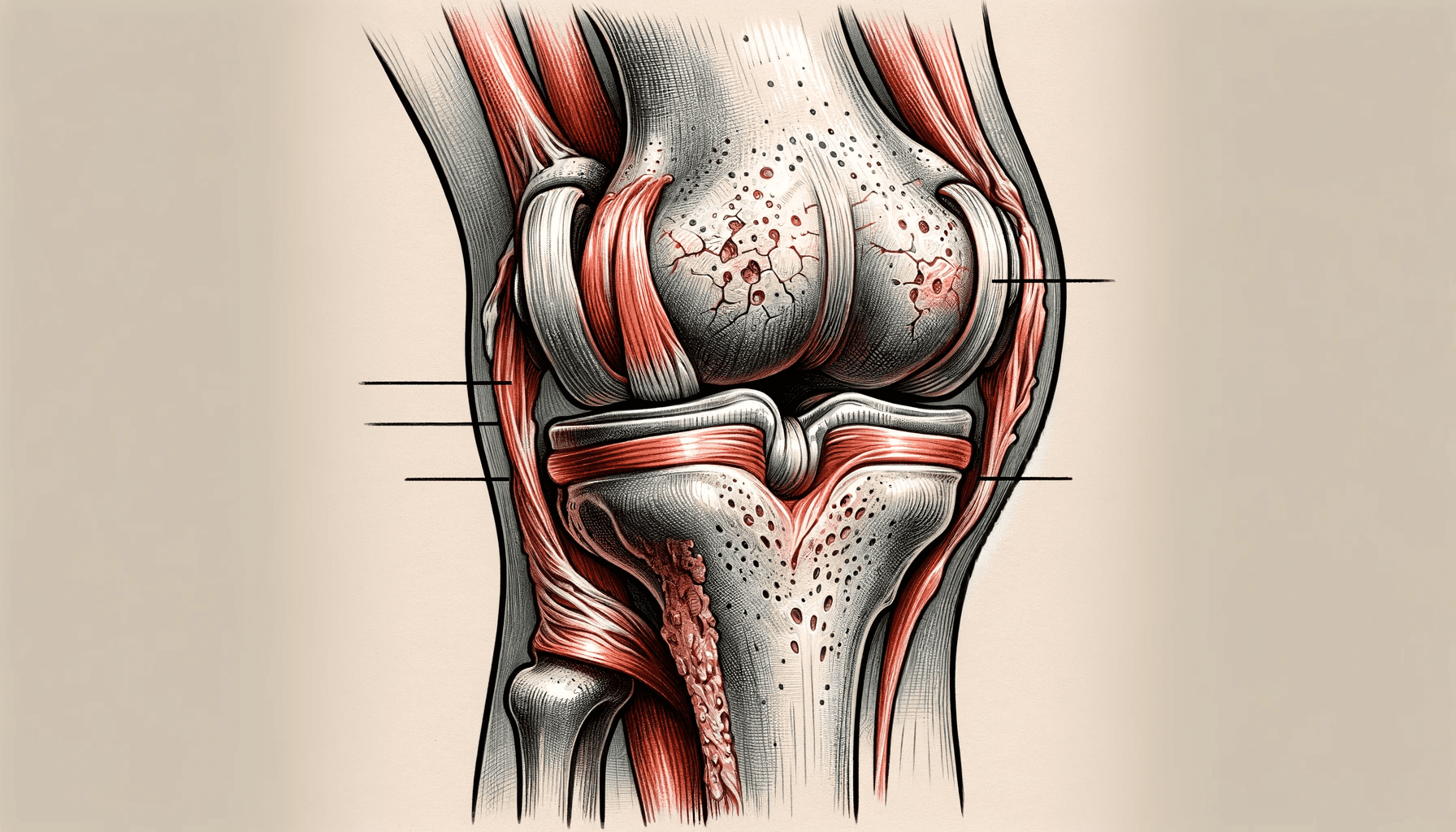
Mental and Emotional Well-being.
The Emotional Impact of Arthritis.
Arthritis affects more than just your body; it can also have a big impact on your emotions. Living with constant pain can make you feel sad, frustrated, or even depressed. It’s normal to feel this way, but it’s important to recognize these feelings so you can manage them. Understanding that your emotional health is just as important as your physical health is the first step in taking care of yourself.
One of the best ways to handle these emotions is to connect with others who understand what you’re going through. Joining a support group, either in person or online, can make you feel less alone. Talking to people who share similar experiences can help you learn new ways to cope with your pain and feel more supported. It’s comforting to know that you’re not alone in your struggles and that there are others who truly understand.
Strategies for Reducing Stress and Anxiety.
Chronic pain can be very stressful, but there are ways to help manage that stress. Mindfulness and relaxation techniques, like deep breathing exercises and meditation, can be very helpful. These activities teach you to focus on the present moment and let go of worries about the pain. Taking a few minutes each day to practice deep breathing or meditation can help calm your mind and reduce anxiety.
Another effective way to manage the mental challenges of arthritis is through Cognitive-Behavioral Therapy (CBT). This type of therapy helps you change negative thoughts into more positive ones. A licensed therapist can work with you to find new ways to think about your pain and teach you skills to handle stress better. By changing the way you think, you can improve how you feel and better manage your pain.
Staying Engaged and Active.
Doing things you enjoy is an important part of managing arthritis. Hobbies and social activities can take your mind off pain and help you feel happier. Whether it’s reading a good book, gardening, or spending time with friends and family, these activities provide a break from focusing on your pain. Staying engaged in activities you love can boost your mood and improve your overall well-being.
Exercise is another great way to lift your spirits. Physical activity releases chemicals in your brain called endorphins, which make you feel good. Even gentle exercises like walking or stretching can improve your mood and reduce stress. Finding the right balance between activity and rest is key to staying active without overdoing it. Talk to your doctor or physical therapist to find out what types of exercise are best for you.
Combining Physical and Mental Health Strategies.
Taking care of both your body and mind is the best way to manage arthritis. A combination of physical activities, like exercise and stretching, along with relaxation techniques and enjoyable hobbies, can help you feel better both physically and emotionally. This holistic approach makes it easier to handle the challenges of living with arthritis.
Balancing different strategies that work for you can improve your quality of life. It’s important to try different methods and find out what helps the most. Working with healthcare professionals, joining support groups, and staying active in things you love can all make a big difference. By focusing on both your mental and physical health, you can manage your arthritis more effectively and live a happier life.
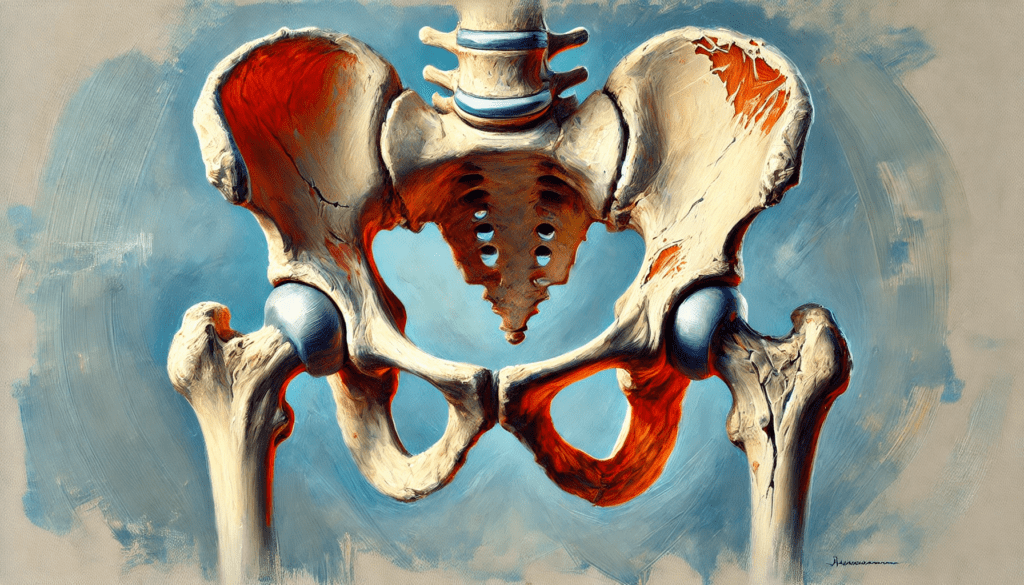
Lifestyle Changes to Manage Pain.
Healthy Eating and Hydration for Arthritis Relief.
Eating a healthy diet is very important for managing arthritis pain. Choosing foods that help reduce inflammation can make a big difference. Try to include plenty of fresh fruits and vegetables, whole grains like brown rice and oats, and lean proteins such as chicken or fish. Foods rich in omega-3 fatty acids, like salmon and walnuts, can also help because they are known to lower inflammation in the body. Avoiding processed foods and sugary snacks is important because they can increase inflammation and make pain worse. Making these small changes in your diet can help support your joints and overall health.
Staying hydrated is another key part of managing arthritis. Drinking enough water helps keep your joints lubricated and can even reduce pain. Aim to drink several glasses of water each day. Herbal teas and natural juices without added sugar are also good options. Being well-hydrated can prevent dehydration, which can lead to more joint pain and stiffness. By focusing on what you eat and drink, you can help manage arthritis pain more effectively.
The Importance of Sleep and Stress Management.
Getting enough sleep is crucial when you have arthritis. Poor sleep can make pain feel worse and lower your energy, making it harder to get through the day. To improve sleep quality, try going to bed and waking up at the same time each day. Make your bedroom comfortable by keeping it cool and dark, and avoid screens before bedtime. Practicing good sleep habits, like winding down with a relaxing book or gentle stretching, can also help you fall asleep more easily.
Managing stress is just as important as getting good sleep. Stress can make arthritis pain feel worse and even cause flare-ups. Activities like yoga, meditation, or even just taking a few deep breaths can help you relax and reduce stress. Spending time outside in nature or doing hobbies you enjoy, like painting or gardening, can also help you feel calmer. Finding ways to manage stress can improve your mood and help you cope better with arthritis pain.
Limiting Harmful Habits and Staying Active.
Limiting alcohol and avoiding smoking are important steps for anyone managing arthritis. Alcohol can interfere with your medications and affect your overall health, while smoking has been linked to an increased risk of rheumatoid arthritis. Smoking can also make your symptoms worse and slow down your body’s ability to heal. By reducing or eliminating these habits, you can help your body fight inflammation and improve your overall well-being.
Staying active is another crucial part of managing arthritis. Even if you don’t feel like moving, gentle exercises can keep your joints flexible and muscles strong. Activities like walking, swimming, or light stretching are excellent choices. It’s important to balance exercise with rest so you don’t overdo it. On days when pain is low, try to stay active to keep your body moving. Regular exercise can also lift your mood and give you more energy.
Creating a Balanced Lifestyle.
Incorporating these lifestyle changes into your daily routine can provide a more complete approach to managing arthritis pain. A combination of healthy eating, regular exercise, and good sleep can help you feel better both physically and mentally. These habits work well with medical treatments to create a balanced strategy for improving your quality of life.
Remember, small, consistent changes can lead to big improvements over time. By focusing on what you eat, how you move, and how you handle stress, you can take control of your arthritis symptoms and feel better every day. Always talk to your doctor before making any major changes to your lifestyle or treatment plan to make sure they’re right for you.

Future Advances in Arthritis Treatment.
New Advancements in Arthritis Treatment
Exciting new treatments are being developed that offer hope for people with arthritis. One of these is gene therapy, a method that changes or repairs genes that cause arthritis. This therapy could slow down or even stop the disease from getting worse. Although it’s still being tested, early results are promising. If successful, gene therapy could become an important tool for treating arthritis in the future.
Biologic drugs are another big advancement. These medications are made from living cells and target specific parts of the immune system that cause inflammation. They work well for autoimmune types of arthritis, like rheumatoid arthritis, by reducing pain and swelling. Researchers are working hard to make these drugs more available and effective, which could mean better treatment options for people with arthritis.
Stem Cell Therapy and Pain Management Devices
Stem cell therapy is also showing promise for arthritis sufferers. Stem cells can turn into different types of cells in the body. In arthritis treatment, they can help repair damaged cartilage and reduce inflammation in the joints. Some studies have shown that this therapy can improve joint function and reduce pain, offering hope that stem cells could be a useful treatment option in the near future.
New pain management technologies are being developed to provide better relief for chronic pain. One example is neuromodulation devices, which use gentle electrical signals to change how nerves send pain messages to the brain. These devices have shown good results in reducing pain for people with arthritis, making it easier for them to move and do daily activities. As technology improves, these devices are becoming a more effective and accessible option for managing pain.
Staying Informed and Exploring Options
It’s important to stay informed about these new treatments because they could offer new ways to manage arthritis. Talking to your healthcare provider about these options can help you learn more and decide if any of these therapies are right for you. While many of these treatments are still being studied, they represent exciting possibilities for the future of arthritis care.
With ongoing research, there is hope that more effective and personalized treatments will become available. This could mean better relief and improved quality of life for people with arthritis. Staying up-to-date with the latest advancements and discussing them with your doctor can help you make informed decisions about your treatment plan. The future looks bright, with many new options on the horizon for managing arthritis.

Pain Cream Uses For Arthritis.
How Pain Creams Help with Arthritis.
Pain creams can be a great way to relieve arthritis pain right where it hurts. These creams are applied directly to the skin over the painful joint, providing targeted relief. Unlike pills, which affect your whole body, pain creams work only on the area where you apply them. This can help reduce side effects and make it easier to manage pain in specific joints like your knees, hands, or shoulders. Pain creams are easy to use and can be a quick solution when you need relief from arthritis pain.
There are different types of pain creams, and each one works in its own way. Some creams contain ingredients like menthol or camphor, which create a cooling or warming sensation that can distract your brain from the pain. Other creams have NSAIDs, like diclofenac, which are medications that reduce inflammation and swelling in the joints. There are also creams made with capsaicin, a substance found in chili peppers, which helps block pain signals from the nerves. Choosing the right cream depends on what type of pain you have and what works best for your body.
When and How to Use Pain Creams.
Knowing when and how to use pain creams can make them more effective. Pain creams can be used during flare-ups when your arthritis pain gets worse or before activities that might cause joint pain, like gardening or exercising. Applying the cream gently to the affected area and rubbing it in well helps it absorb into the skin and reach the painful joint. Most creams can be used up to three or four times a day, but it’s important to follow the instructions on the package and not use too much.
Pain creams are generally safe, but it’s a good idea to talk to your doctor before starting any new treatment, especially if you are already taking other medications. This is because some ingredients in the cream can interact with your medicines. Also, if you have sensitive skin, you should do a small test on a small area of your skin first to make sure you don’t have a bad reaction. Using pain creams the right way can be a helpful part of your overall strategy for managing arthritis pain and improving your quality of life.
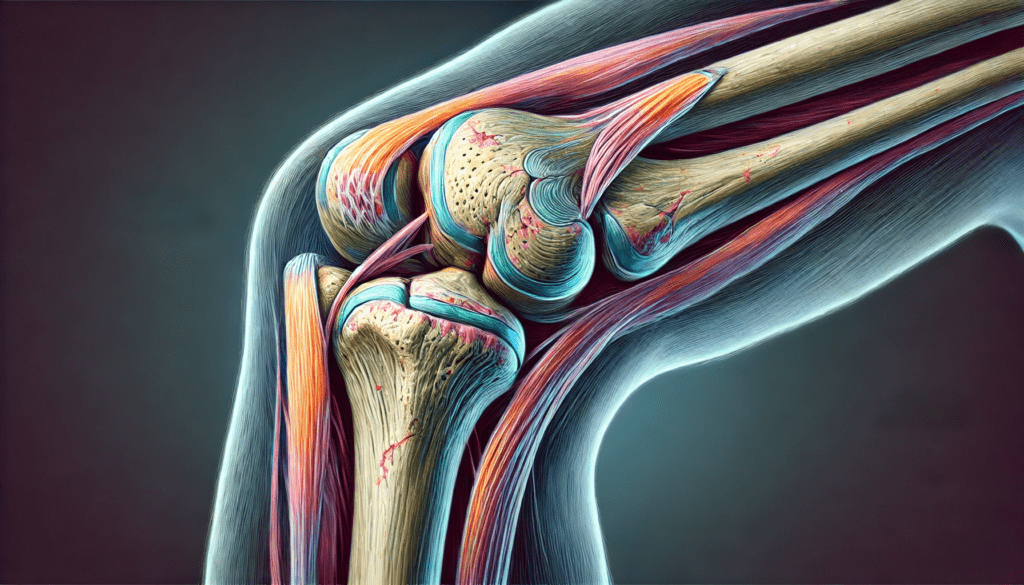
Conclusion
Pain Relief Strategies For Arthritis Sufferers can be challenging, but there are many strategies to help reduce pain and improve your quality of life. From using pain creams and taking medications to following a healthy diet and staying active, there are plenty of options to explore. It’s important to find the right combination of treatments that work for you. Working closely with your doctor can help you create a personalized plan to manage your symptoms and keep doing the things you love.
New treatments and technologies are also offering hope for arthritis sufferers. Staying informed about these advancements can help you make better decisions about your care. Remember, taking small steps like eating healthier, getting enough sleep, and using assistive devices can make a big difference. By using these pain relief strategies, you can take control of your arthritis and live a happier, more active life.



